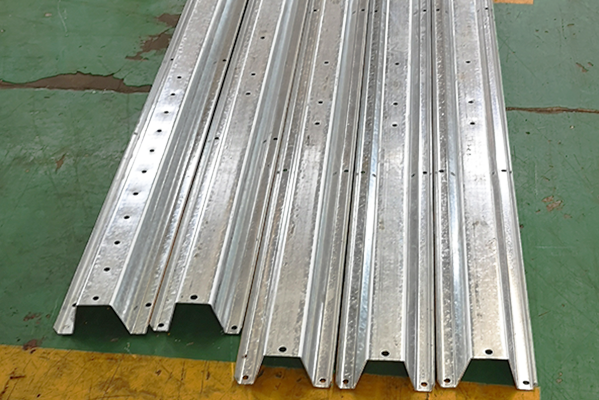Navigation Menu
Contact Us
- Email:
- info@wxavatar.com
- Address:
- Yurong Village, Yuqi Street, Huishan District, Wuxi, China.
Release Date:Oct 25, 2024 Visit:196 Source:ROLL FORMING MACHINES LTD
In the competitive manufacturing landscape, optimizing processes to reduce costs while maintaining product quality is crucial. Roll forming machines, which are widely used for bending and shaping sheet metal into various forms, offer significant potential for cost savings through process optimization. This article explores various techniques for optimizing roll forming machine processes, focusing on ways to enhance efficiency, reduce waste, and lower operational costs.

1. Material Utilization Optimization
One of the key areas for cost savings in roll forming is optimizing material utilization. By carefully designing the roll forming dies and adjusting the process parameters, manufacturers can minimize material waste. Techniques such as tight-tolerance die design and precise roll positioning ensure that the sheet metal is bent and shaped accurately, reducing the need for scrap and rework. Additionally, utilizing advanced software for material optimization can help identify and eliminate excess material usage, further reducing costs.
2. Process Automation
Automating roll forming processes can lead to significant cost savings by increasing production efficiency and reducing labor costs. Automated roll forming machines can run continuously with minimal human intervention, reducing downtime and enhancing productivity. Additionally, automated systems can be programmed to monitor and adjust process parameters in real-time, ensuring consistent product quality and reducing the risk of defects.
3. Energy Efficiency Improvements
Reducing energy consumption is another effective way to save costs in roll forming processes. Manufacturers can implement energy-efficient technologies, such as variable frequency drives (VFDs), to optimize the power usage of roll forming machines. VFDs allow for precise control of motor speed and torque, enabling manufacturers to match the power output of the machine to the specific requirements of the process. This can lead to significant reductions in energy consumption and, consequently, lower operational costs.
4. Preventive Maintenance
Regular preventive maintenance of roll forming machines is essential for maintaining optimal performance and reducing unexpected downtime. By scheduling routine inspections and maintenance tasks, manufacturers can identify and address potential issues before they lead to costly repairs or production delays. Additionally, maintaining a clean and well-lubricated machine can reduce friction and wear, extending the lifespan of the equipment and lowering long-term costs.
5. Process Monitoring and Control
Advanced process monitoring and control systems can provide manufacturers with real-time data on the performance of roll forming machines. These systems can monitor key process parameters, such as roll pressure, temperature, and material flow, enabling manufacturers to make informed adjustments to optimize the process. By closely monitoring the process and making timely adjustments, manufacturers can reduce defects, improve product quality, and lower costs associated with rework and scrap.
6. Training and Skill Development
Investing in training and skill development for roll forming machine operators can also lead to cost savings. Operators who are well-trained in the principles of roll forming and familiar with the specific capabilities of the equipment are more likely to operate efficiently and produce high-quality products. Additionally, trained operators are better equipped to identify and troubleshoot potential issues, reducing downtime and preventing costly repairs.

Conclusion
Optimizing roll forming machine processes offers significant potential for cost savings in manufacturing. By focusing on material utilization, process automation, energy efficiency, preventive maintenance, process monitoring, and training, manufacturers can enhance efficiency, reduce waste, and lower operational costs. These techniques not only improve the bottom line but also enhance product quality and competitiveness in the market. As manufacturing continues to evolve, manufacturers who embrace process optimization will be well-positioned to thrive in the competitive landscape.